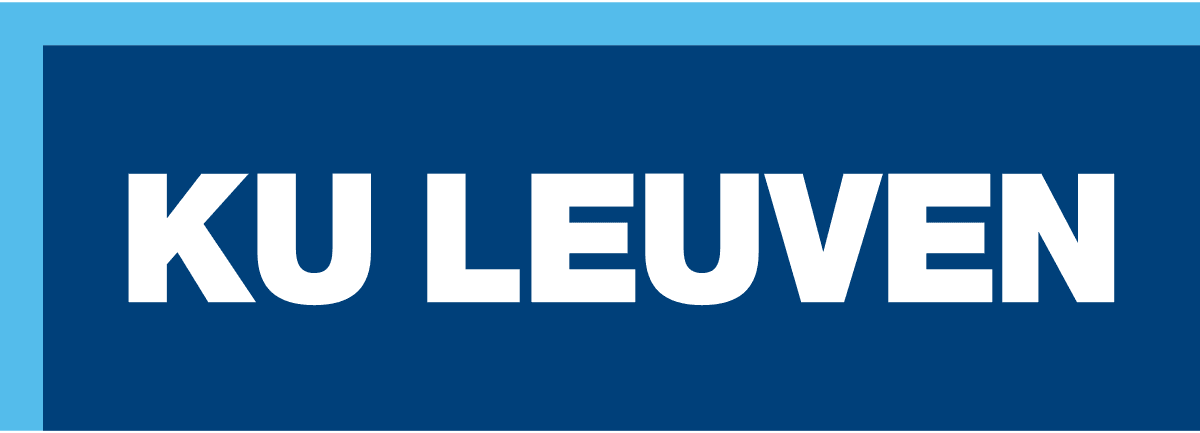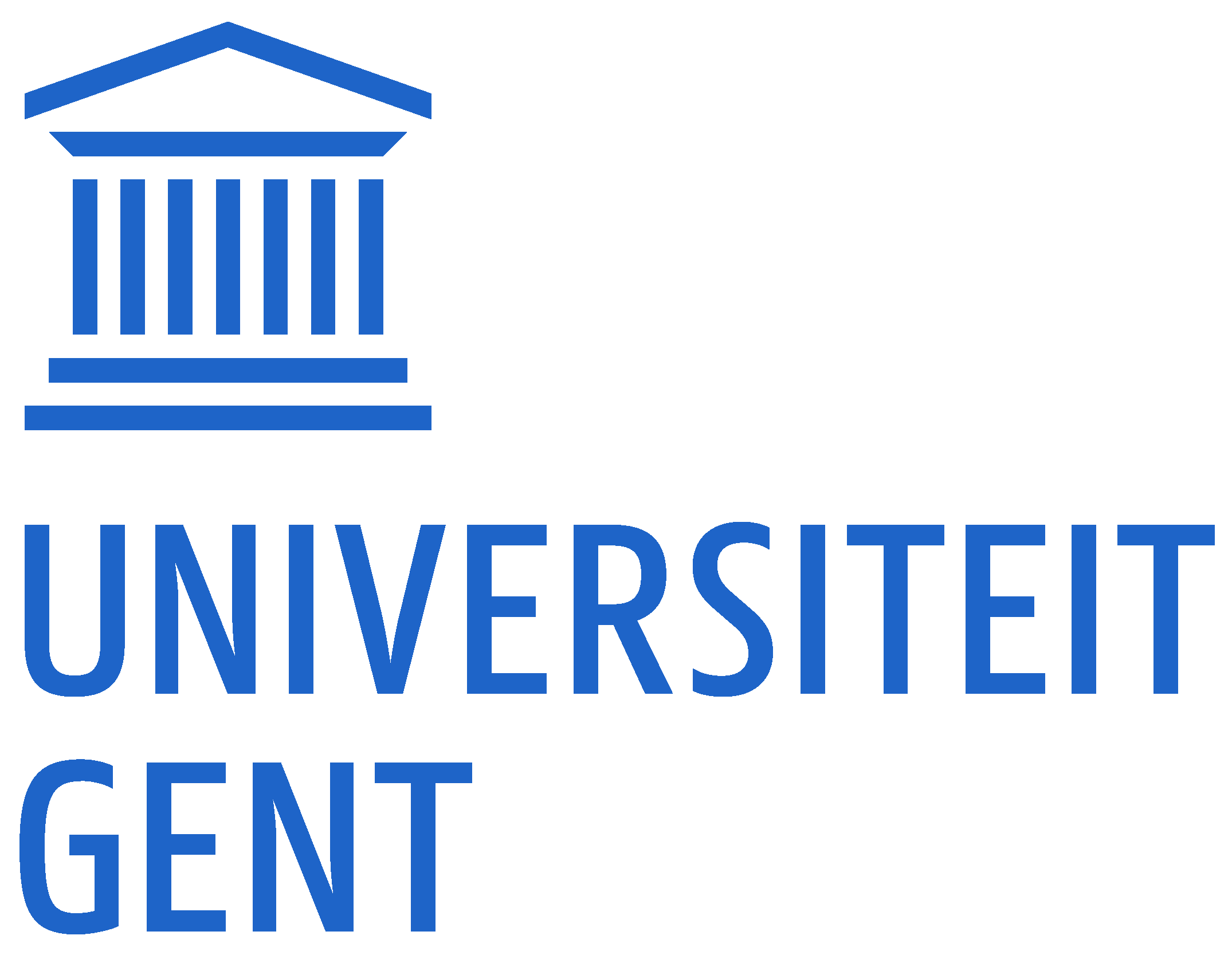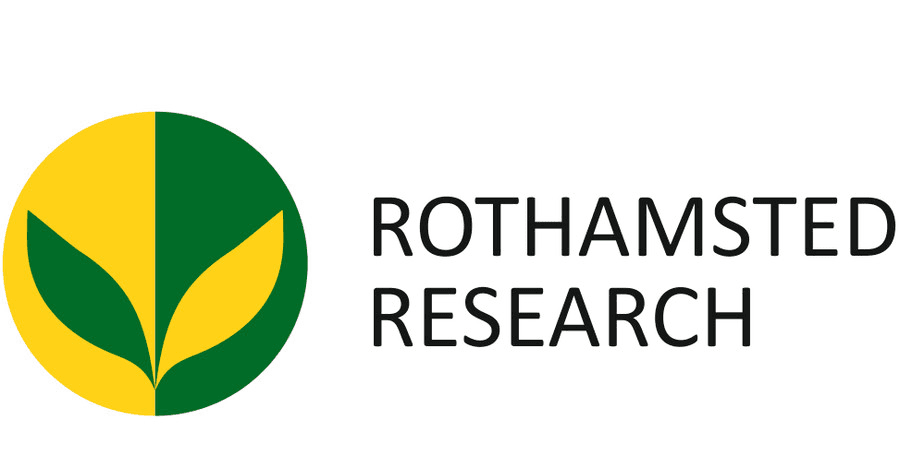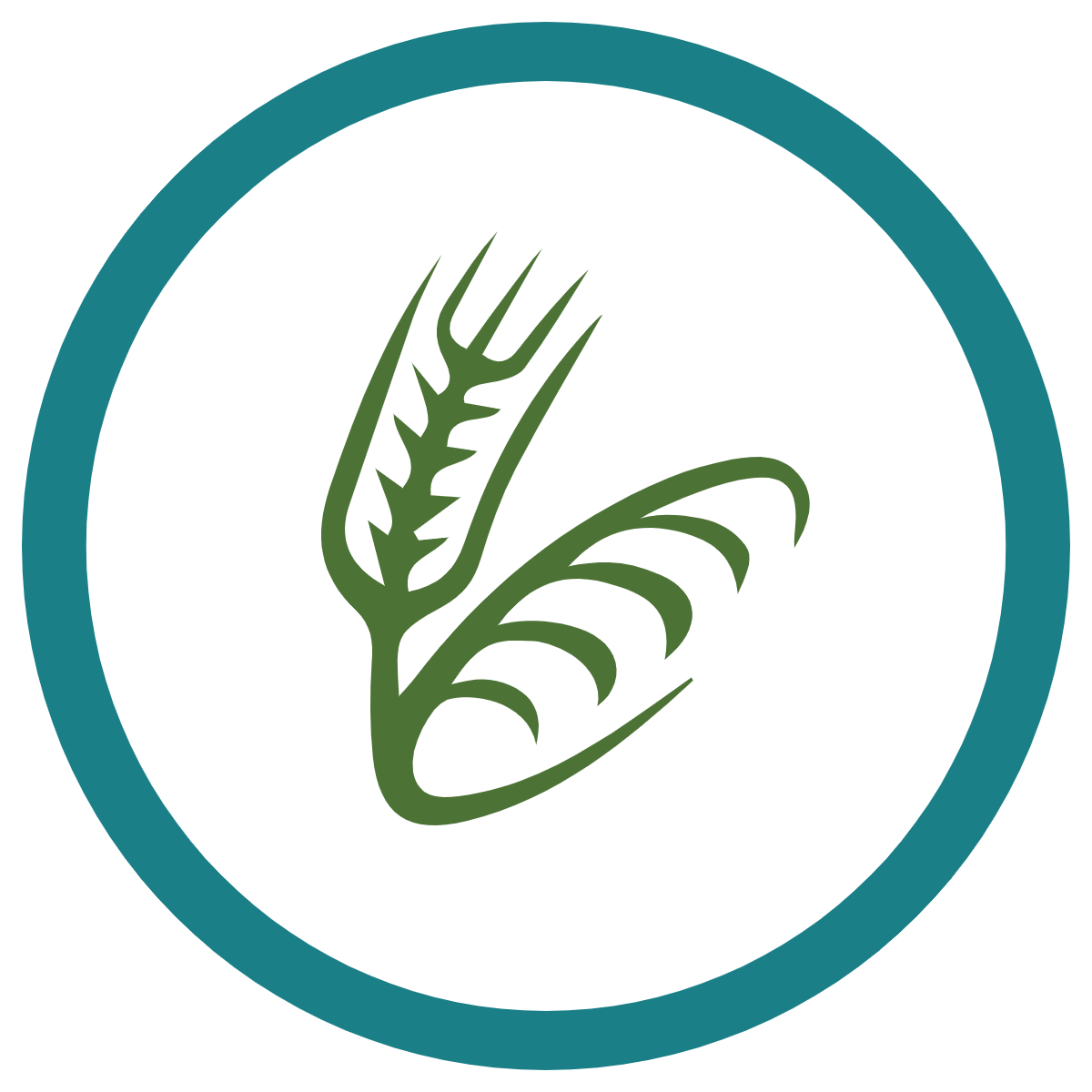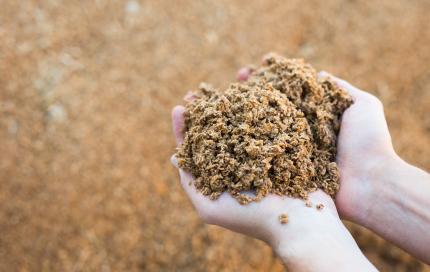FIBRAXFUN

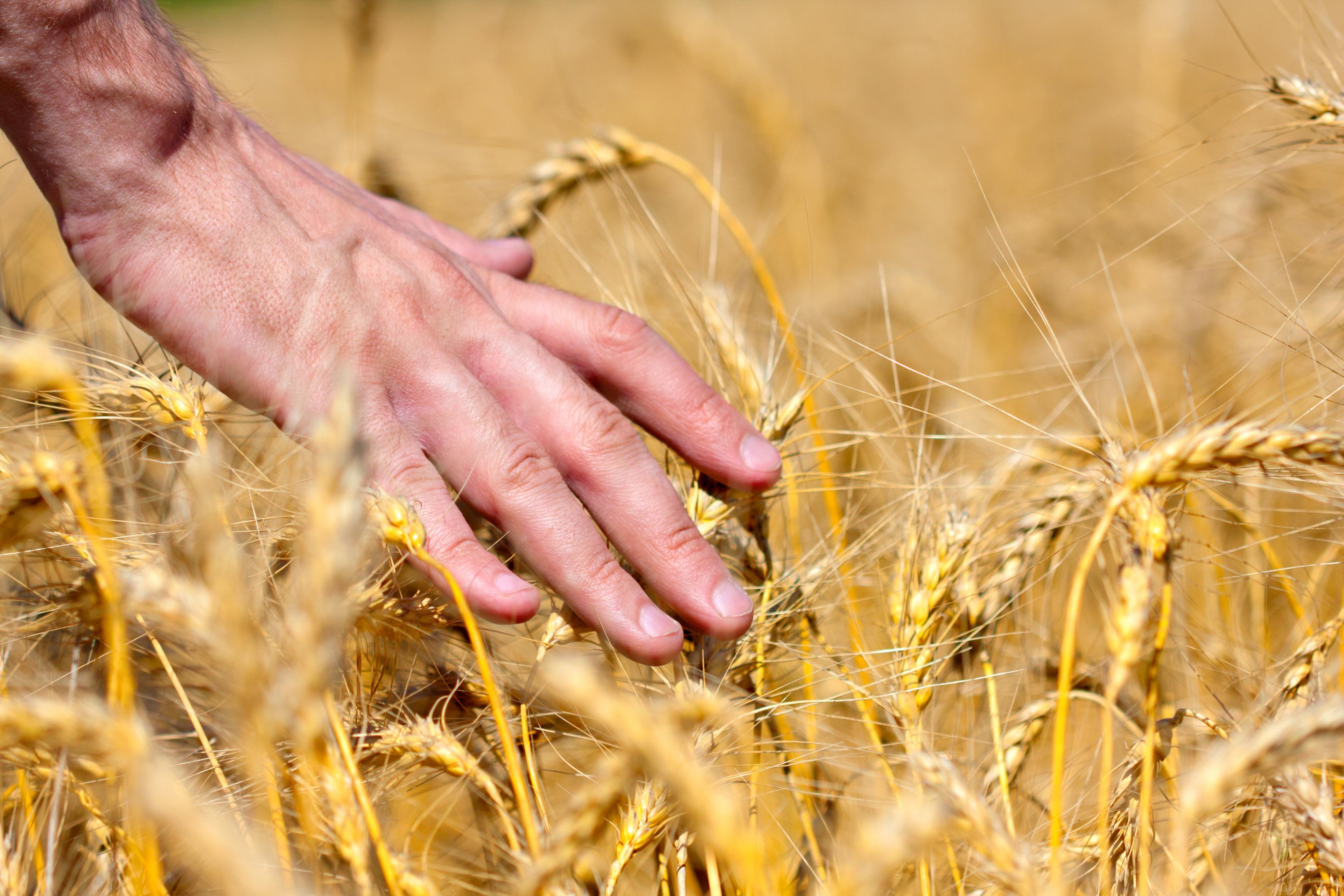
A knowledge base for the exploitation of new wheat varieties rich in arabinoxylans throughout the value chain
Why this project?
Dietary fibre plays an important role in a balanced diet, and grain products are generally known as an important and accessible source of fibre. But not all types of flour contain equal amounts of fibre. FIBRAXFUN's objective is to develop and characterise a new line of wheat with an exceptionally high amount of dietary fibre. Furthermore, the structure and properties of arabinoxylan (AX) in the white flour will be studied extensively using innovative analysis technologies regarding their role in the preparation of (sour dough) bread. These insights will form a foundation for producing high-quality, high-fibre foodstuffs such as bread, breakfast cereals and pasta made form white flour. The research project fits perfectly in the Grain to Bakery Product roadmap from the agrifood spearhead cluster and will contribute substantially to various concepts in the roadmap (Superwheat, Bakery analysis and Bakery process enhancement).
Watch the video to learn more about part of the project.
Research approach
FIBRAXFUN is a collective, fundamental research project with the objective of creating a knowledge platform for new types of wheat with an extremely high dietary fibre content. To achieve this, the following steps will be taken:
- Selecting 20 wheat lines with an AX content between 2.0 and 4.5% (based on dry ingredients) derived from two existing breeding populations
- Determining the influence of the genotype, environmental conditions and the interactions between the two on the AX content in white flour
- Identifying new genetic AX sources to start up new breeding programs
- Developing new nuclear magnetic resonance (NMR) techniques to characterise AX
- Studying AX structures and physical-chemical properties in white flour
- Determining structure-function relationships of AX when making traditional and sour dough bread
Target group and expected results
The research theme about the potential of new wheat with a high dietary fibre content is generic because it generates multidisciplinary, scientific insights that are valuable for the entire grain processing industry, from farm to fork. The exploitation of new wheat lines with a good nutritional profile will contribute to sustainable development and improve the diversity of Flemish agriculture. The proposed program will also create valorisation opportunities for business-to-business environments such as breeding companies and industrial mills but also producers of enzymes and dietary fibre fractions and business-to-consumer companies that can use both the products from B2B suppliers and the insights from FIBRAXFUN to develop high-quality, bakery products and new animal feed with a higher fibre content.
Project partners
Flanders’ FOOD manages and coordinates the project.
A multidisciplinary research consortium with supplementary expertise will be responsible for the execution:
- The Laboratory for Food and Biochemistry from KU Leuven, under the supervision of Prof. Jan Delcour (project coordinator)
- The Center for Surface Chemistry and Catalysis from KU Leuven, under the supervision of Prof. Johan Martens and Dr. Eric Breynaert
- The research group Soft Matter Reology and Technology from KU Leuven, under the supervision of Prof. Paula Moldenaers
- The research group for Industrial Microbiology and Food Technology from Vrije Universiteit Brussel, under the supervision of Prof. Luc De Vuyst
- The plant cultivation research group from the Department of Plants and Crops from the University of Ghent, under the supervision of Prof. Geert Haesaert
- The research cluster Crop Productivity and Quality from Rothamsted Research (UK), under the supervision of Prof. Peter Shewry, Dr. Alison Lovegrove
- ILVO, plant, department, under the supervision of Prof. Isabel Roldán-Ruiz.

Sustainable animal feed from sweetcorn cobs: meet Trotec


